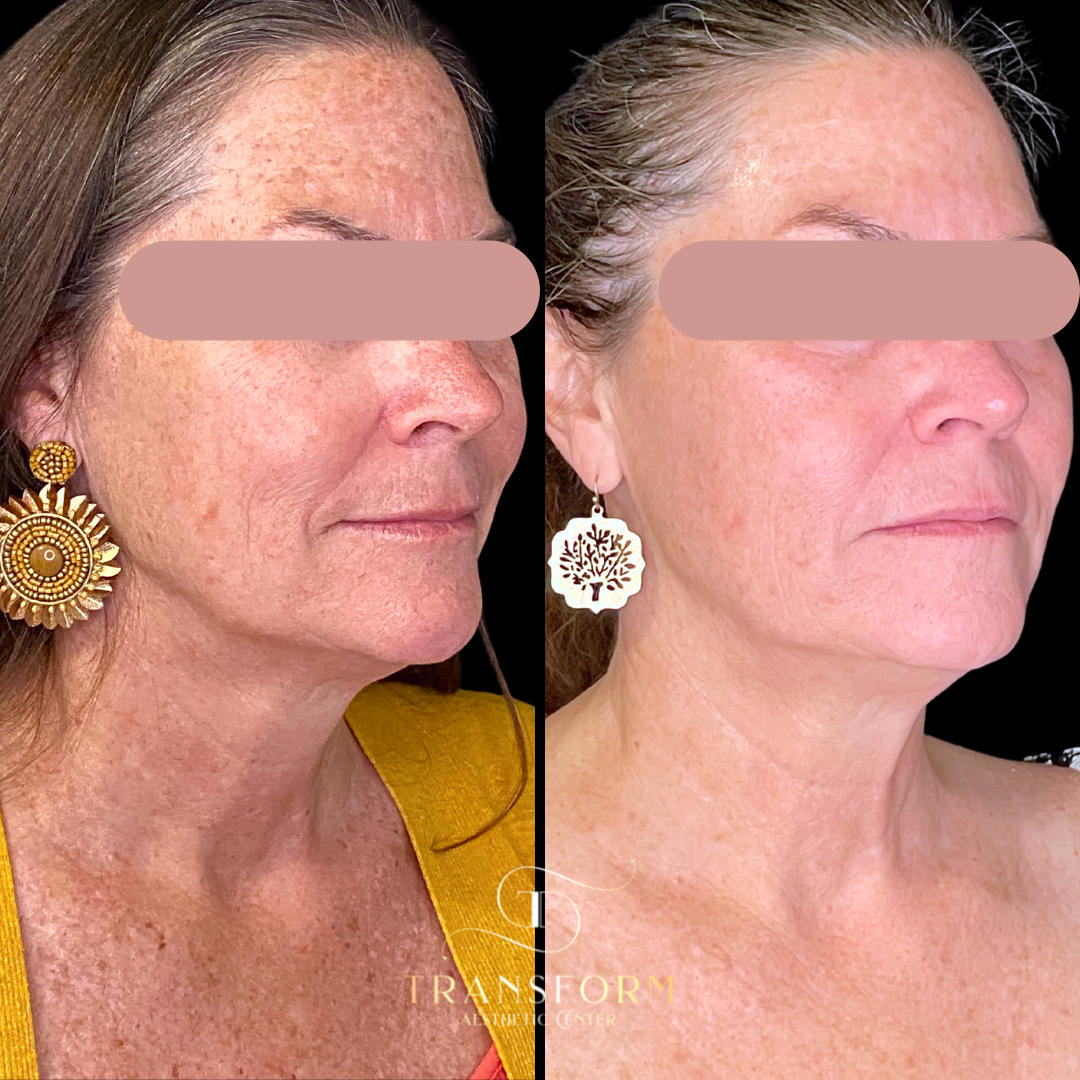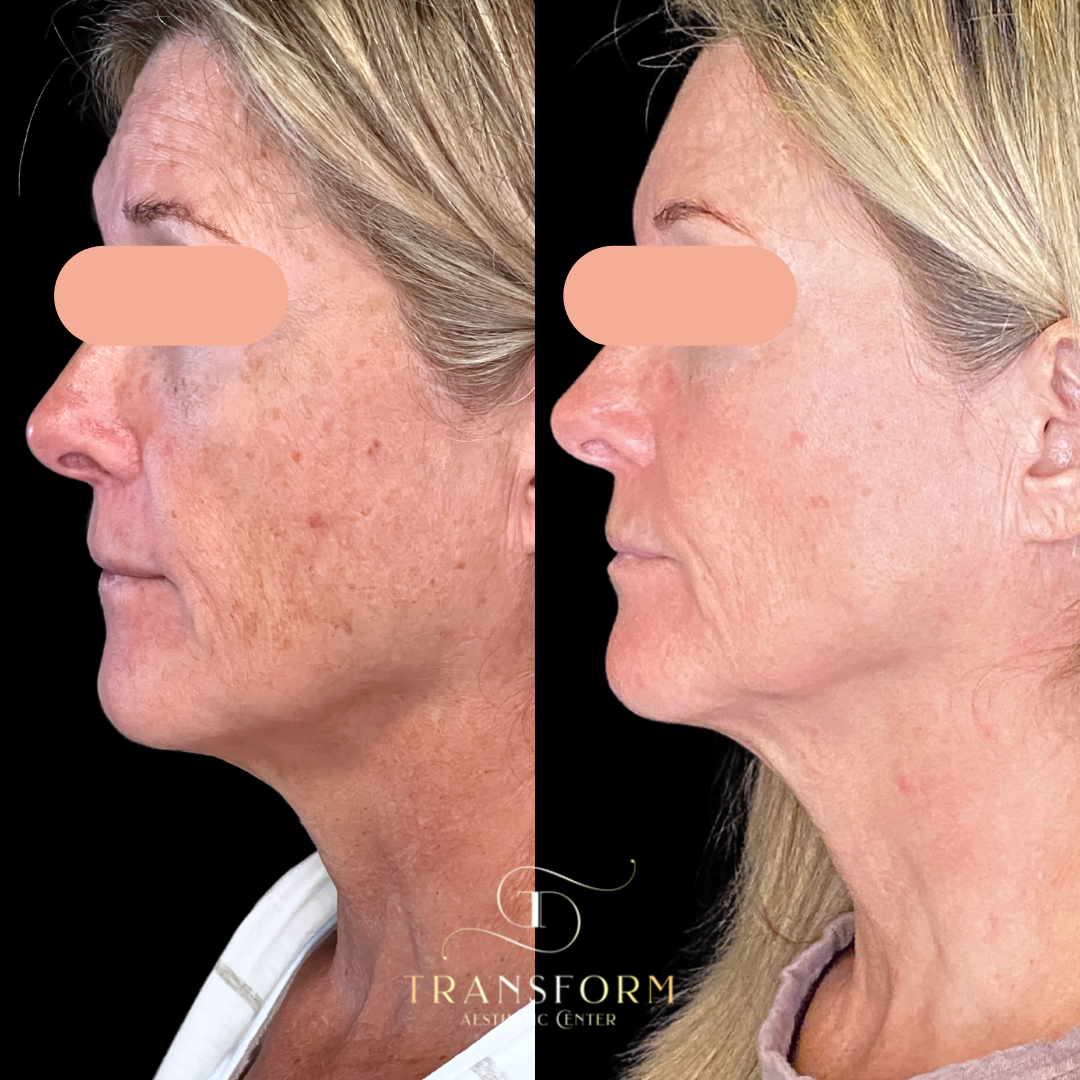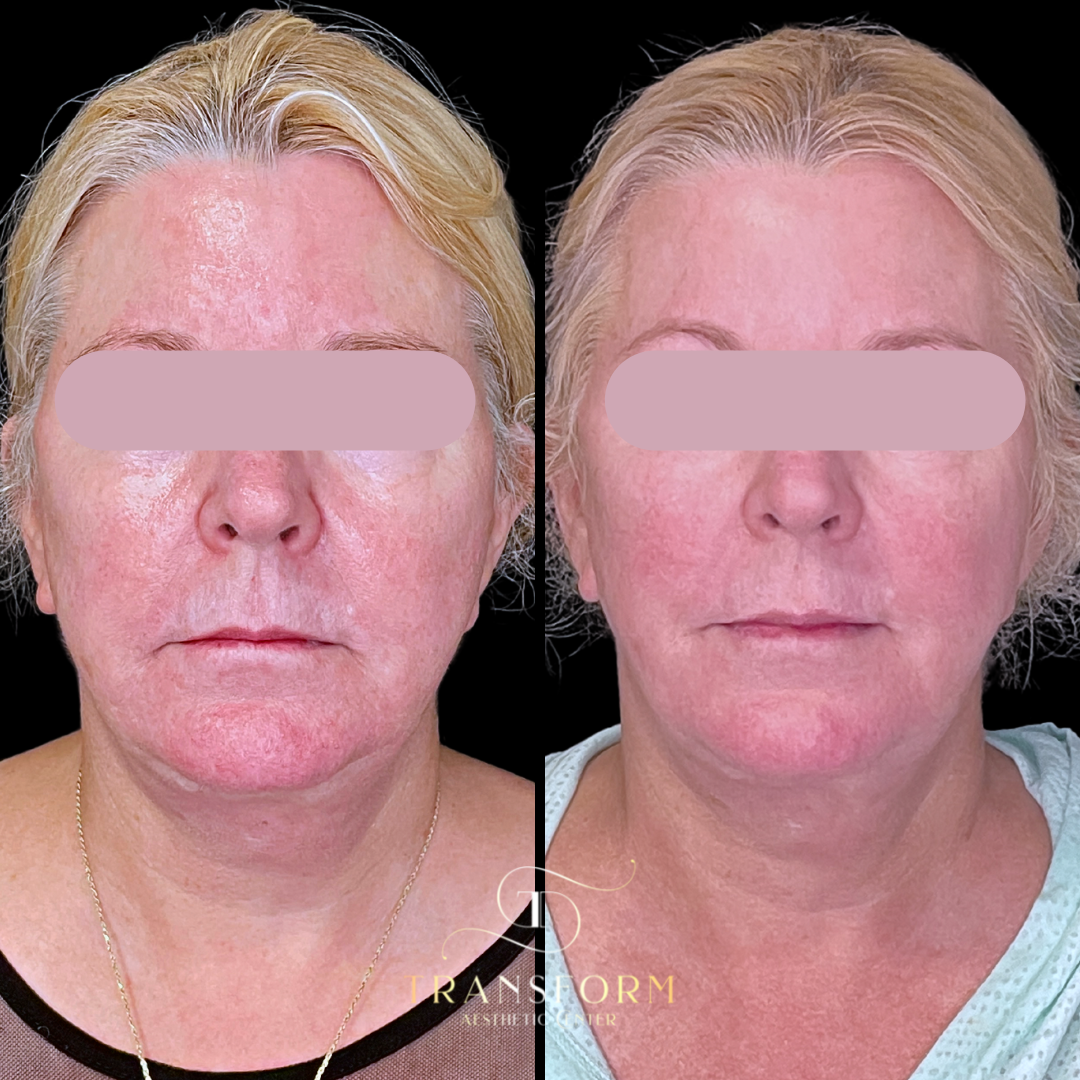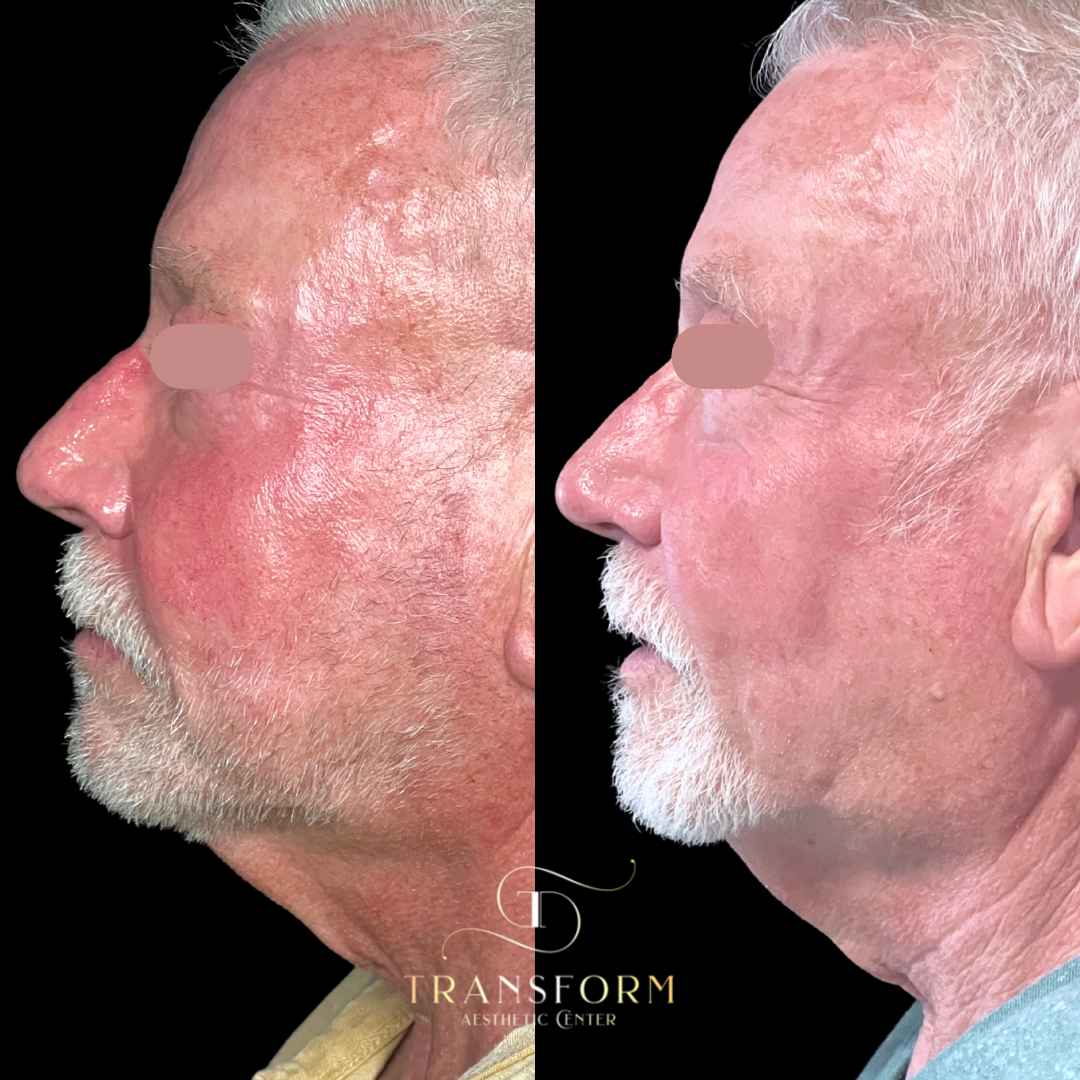
IPL & Skin LASER Resurfacing

Intense Pulse Light (IPL) Therapy
-
Intense pulsed light (IPL) therapy, also known as a photofacial, is a way to improve the color and texture of your skin without surgery. It can undo some of the visible damage caused by sun exposure -- called photoaging. The treatment can be done any where on your body, including your face, neck, hands, or chest.
IPL may help if you have red, brown, or splotchy skin because of a health condition.
-
IPL uses light energy to target a certain color in your skin.
-
It works best if you have pale or light brown skin. Talk to your dermatologist if you want to lessen or get rid of:
Acne
Birthmarks
Stretch marks
Liver or age spots
Broken blood vessels
Brown spots, also called liver or age spots
Dark spots from hormonal changes
Discolored skin
Fine wrinkles
Freckles
Redness from rosacea
Scars
Spider veins
-
IPL treatment is safe when done by a trained technician. But it could cause hormonal brown spots to flare up. You could have other unwanted side effects.
Your skin could:
Scar
Hurt
Swell
Bleed
Become infected
Change color
Get crusty
Blister
IPL Treatment
-
Before the procedure, don’t:
Avoid unprotected sun exposure. Too much sun up to two months before the procedure can cause permanent irregular pigmentation in treated areas.
Tan in the sun, in a tanning bed, or with tanning creams for 4 weeks before treatment
Wax, or get a chemical peel or collagen shots for 2 weeks before
Wear perfume, makeup, deodorant, or any skin irritants
Take aspirin or another drug that can make you bleed more
Take any medication that will make you sun-sensitive (for example, the antibiotic doxycycline )
-
Topical numbing cream will be applied to the treatment area(s) for 60 minutes before treatment starts.
After that, our laser technician will clean the treatment area(s) and rub ultrasound gel on your clean skin. You’ll wear dark glasses to protect your eyes. The handheld IPL device will go right on your body. The session will probably last 20-30 minutes.
While most people are fine with the light pulses, the treatment could sting a little. It might feel like someone is snapping a rubber band on you.
-
It may feel like you have a sunburn for 4-6 hours after you’re finished. Ice packs or a cool washcloth can help you feel better.
Your skin may be red or bruised for a day or two. Some of your brown spots may get darker, but they should peel off within a few weeks.
While you heal:
Don’t put on makeup if your skin hurts.
Use moisturizing lotion.
Protect yourself with sunscreen. Make sure it has an SPF of at least 30 and a physical blocker such as zinc. Reapply it every 2 hours, even if it’s not sunny outside.
Wash your face with a cleanser for sensitive skin.

Skin Resurfacing
-
Laser resurfacing removes skin layer by layer with precision. The new skin cells that form during healing give the skin a tighter, younger looking surface.
Laser resurfacing can lessen the appearance of fine lines in the face. It can also treat loss of skin tone and improve your complexion.
-
Laser resurfacing can be used to treat:
Fine wrinkles
Age spots
Uneven skin tone or texture
Sun-damaged skin
Mild to moderate acne scars
-
Potential risks of the procedure include:
Burns or other injuries from the laser's heat
Scarring
Changes in the skin's pigmentation, including areas of darker or lighter skin
Reactivating herpes cold sores
Bacterial infection
-
If you have fine lines or wrinkles around your eyes or mouth or on your forehead, shallow scars from acne, or non-responsive skin after a facelift, then you may be a good candidate for laser skin resurfacing.
You may also be a good candidate if you have:
Warts
Age spots or liver spots
Skin scars from birthmarks
Sun-damaged skin
Enlarged oil glands on your nose
Birthmarks such as linear epidermal nevi
You may not be a candidate for laser resurfacing if you have:
- Excessive or sagging skin
Deep wrinkles
Active acne
Pregnant or breastfeeding
Weakened immune system
Deeper skin tone
Skin Resurfacing Treatment
-
Before the procedure, don’t:
Avoid unprotected sun exposure. Too much sun up to two months before the procedure can cause permanent irregular pigmentation in treated areas.
Tan in the sun, in a tanning bed, or with tanning creams for 4 weeks before treatment
Wax, or get a chemical peel or collagen shots for 2 weeks before
Wear perfume, makeup, deodorant, or any skin irritants
Take aspirin or another drug that can make you bleed more
Take any medication that will make you sun-sensitive (for example, the antibiotic doxycycline )
-
Topical numbing cream will be applied to the treatment area(s) for 60 minutes before treatment starts.
After that, our laser technician will clean the treatment area(s). You’ll wear protective googles to shield your eyes from the laser. The session will probably last 20-30 minutes.
Treatment could sting a little. It might feel like someone is snapping a rubber band on you.
-
Your skin might be swollen or inflamed for a few hours. Use ice packs as needed. Typically, you can resume your usual activities and skin routine after a couple days.
While you heal:
Don’t put on makeup if your skin hurts.
Use moisturizing lotion.
Protect yourself with sunscreen. Make sure it has an SPF of at least 30 and a physical blocker such as zinc. Reapply it every 2 hours, even if it’s not sunny outside.
Wash your face with a cleanser for sensitive skin.






























